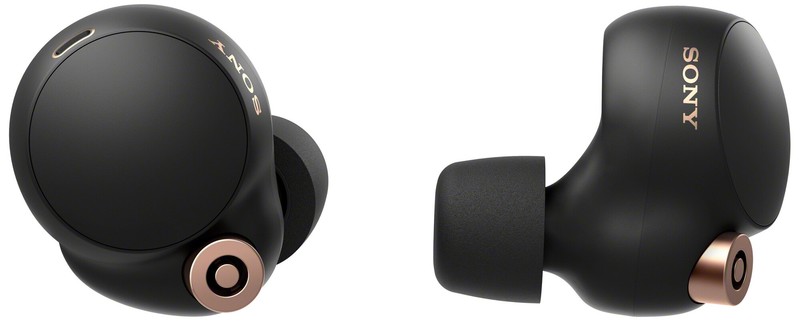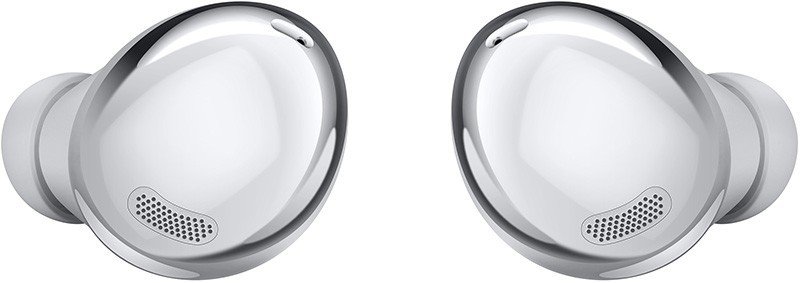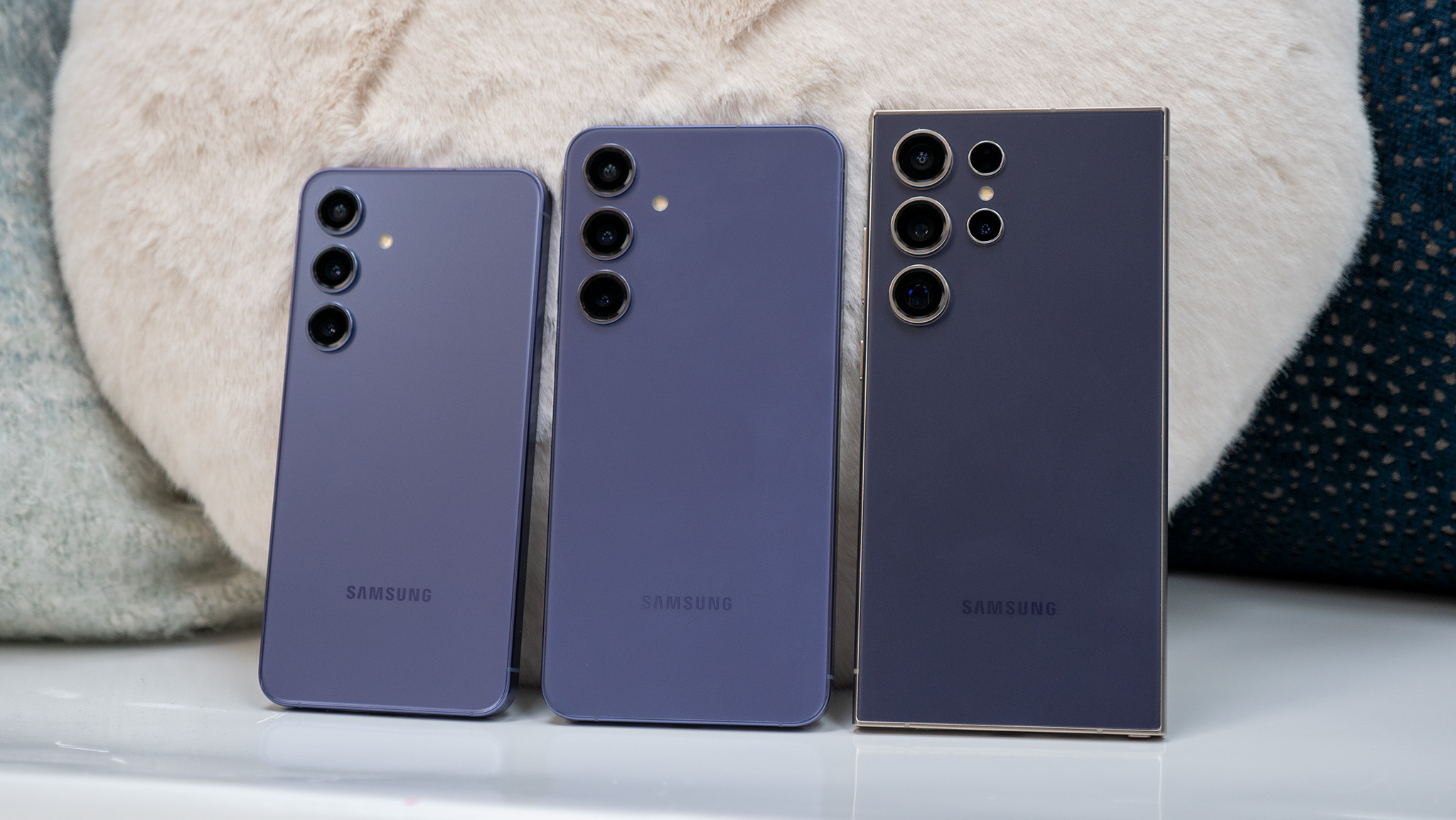Sony WF-1000XM4 vs. Samsung Galaxy Buds Pro: Which should you buy?
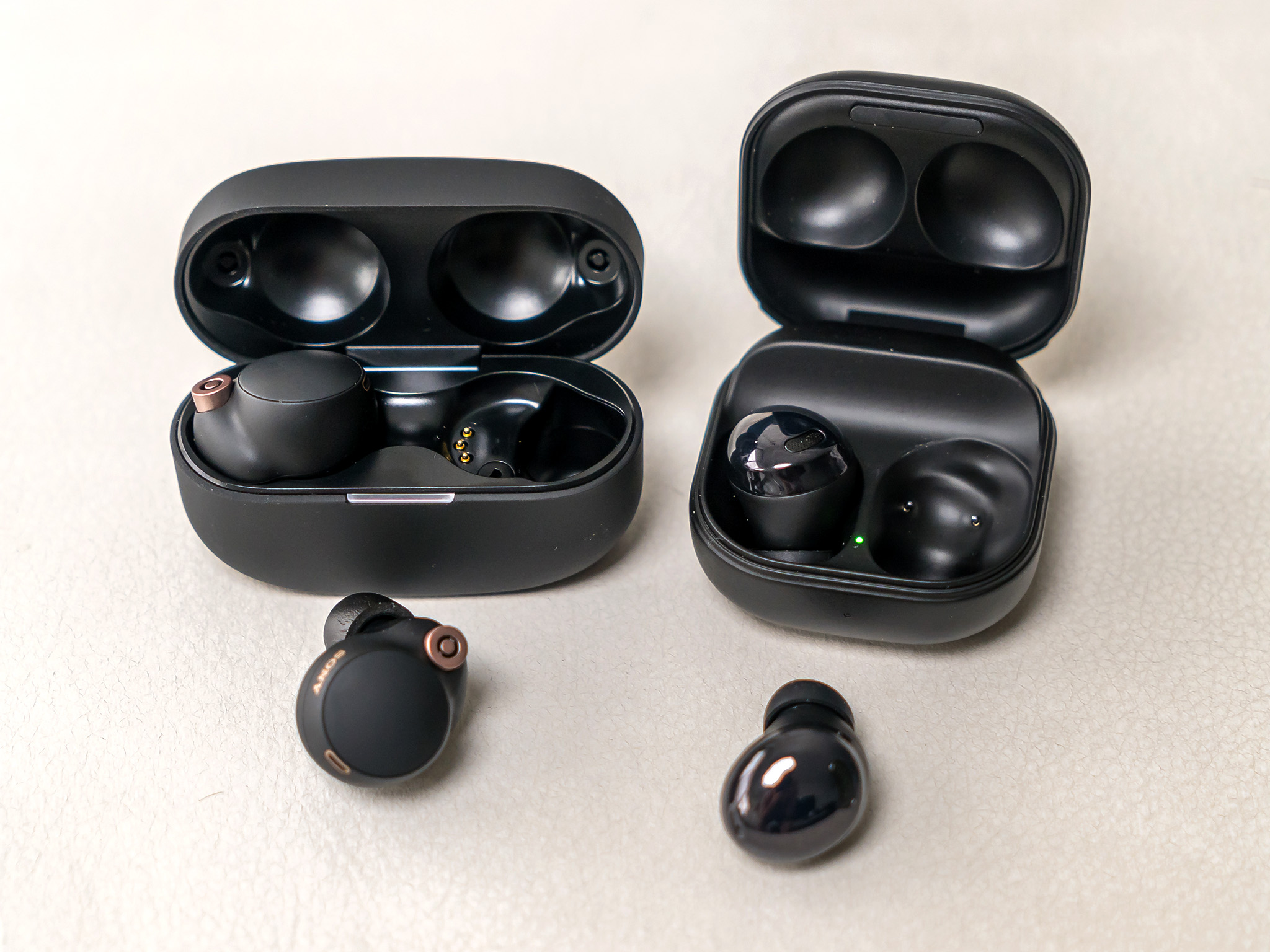
Sony WF-1000XM4
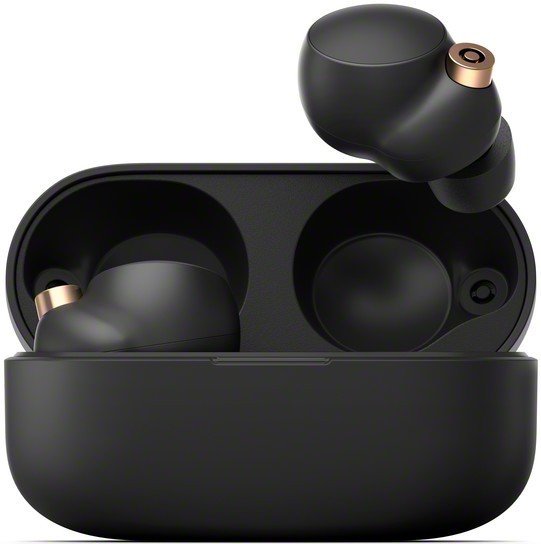
Sony had a great foundation to work on in making the WF-1000XM4 the envy of the wireless earbud market, and they stand out with some of the best active noise cancelation (ANC) performance you can find to go with improved design and functionality.
Sony WF-1000XM4
Taking the lead
Samsung Galaxy Buds Pro
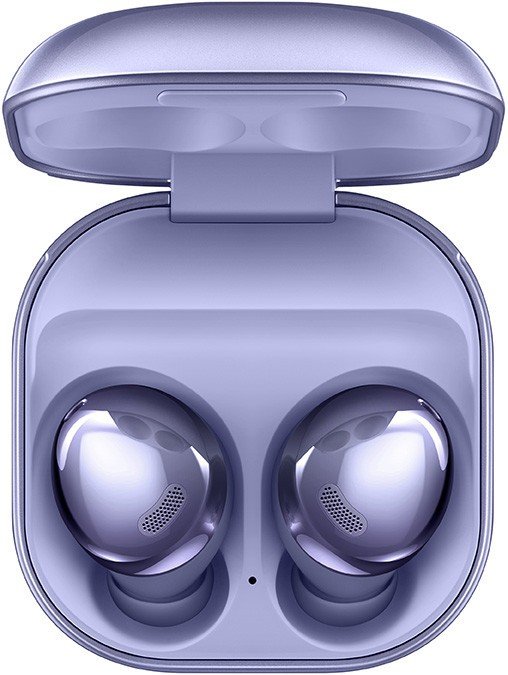
Samsung went all out with the Galaxy Buds Pro, giving them both active noise cancelation (ANC) and better water and sweat resistance. These are among the best available, with excellent sound quality and a slew of features that make them elite earbuds.
Samsung Galaxy Buds Pro
Always a Pro
A search for the best wireless earbuds will reveal these two pairs at the top of the list. The reasons are many because Sony made the WF-1000XM4 to continue their predecessors' notoriety. The Samsung Galaxy Buds Pro were made to compete and unseat Sony from the top spot. With stakes that high, it's worth seeing who wins out.
Sony WF-1000XM4 vs. Samsung Galaxy Buds Pro: What sets them apart?
For both brands, their respective earbuds are flagships setting the tone for not just what they've already released, but for all other competitors as well. Active noise cancelation (ANC) figures so prominently in why they rise above, but there are many other factors to consider that start to put some distance between them. For Sony, the WF-1000XM4 are corrective in the sense that they're also supposed to address previous concerns about the size, fit, and comfort.
Samsung had already crossed that proverbial bridge with the Galaxy Buds+ and Galaxy Buds Live, except it had to grow the Buds Pro just enough to squeeze in all the tech inside. So what would have been an easy win for Samsung in that way is now a closer race.
| Header Cell - Column 0 | Sony WF-1000XM4 | Samsung Galaxy Buds Pro |
|---|---|---|
| Durability | IPX4 | IPX7 |
| Bud battery life | 8 hours | 8 hours |
| Case battery life | 24 hours | 28 hours |
| Wireless charging case | Yes | Yes |
| Connectivity | Bluetooth 5.1 | Bluetooth 5.0 |
| Digital assistant support | Google Assistant, Siri | Bixby, Google Assistant, Siri |
| Supported audio codecs | SBC, AAC, LDAC | Scalable, SBC, AAC |
| Speaker size | 6mm drivers | 13mm drivers |
| Active noise cancelation (ANC) | Yes | Yes |
| Ambient sound mode | Yes | Yes |
The spec sheet indicates that Samsung might have an edge in two key areas: durability and audio quality. The higher numbers make that clear in the former, but the latter is more complicated. But first, it's worth looking at battery life, which isn't dramatically different between them. Both last about the same amount of time, whether ANC is on or not, and their respective cases each support wireless charging. You may eke out a little bit more time from the Buds Pro case, but not enough to suggest there's a big gap between them.
As for size, Samsung has the smaller case, making it more portable, though it's not a knock on Sony, who did a much better job of cutting the WF-1000XM4 case down by a good 40% compared to the previous pair. Even the earbuds themselves are easier to wear because they're also slimmer than before. Samsung holds an edge that way, but this is definitely one of the more comfortable pairs Sony's made to date.
Be an expert in 5 minutes
Get the latest news from Android Central, your trusted companion in the world of Android
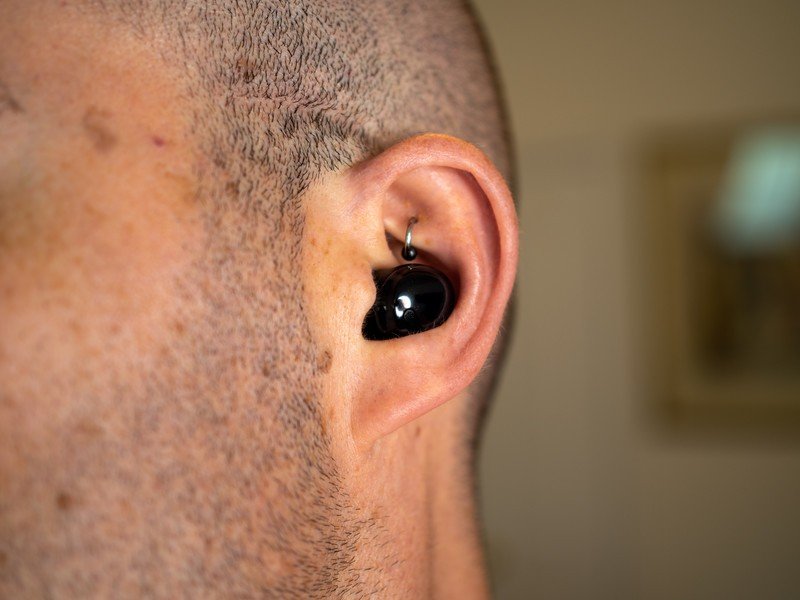
From an audio perspective, it's easier to appreciate how clean and crisp both pairs can be. Sony has a level of audio prowess that Samsung is still trying to catch, and it shows here. There's a touch more clarity in Sony's soundstage, with a balance that sounds like a great foundation to start from if you're looking to customize the sound further. Sony's Headphones Connect app has an equalizer for manual input, letting you set the sound to whatever you prefer.
Samsung has yet to move past offering six predefined presets. There is no manual EQ, and while that doesn't necessarily mean the Galaxy Buds Pro sound bad, it limits the flexibility in making them sound like something else. It's a shame, too, because the Galaxy Wearable app offers several other customizations and tools to add more to these earbuds. ANC is adjustable, giving you two levels to work with. Voice Detect utilizes the Ambient mode to lower audio volume when you start talking, letting you engage in conversation without pausing anything.
And if you're in Samsung's Galaxy ecosystem, you can easily switch between devices without having to switch any settings manually. And if you want to use a single earbud, you can choose either side to do it.
Sony has a level of audio prowess that I would say Samsung is still trying to catch, and it shows here.
Sony has its own audio perks, starting with top-class ANC and 360 Audio for a spatial sound effect when watching content offering surround sound. Then there's the LDAC support for lossless audio, making the WF-1000XM4 more audiophile-friendly than the Galaxy Buds Pro.
Sony also addressed poorer call quality from the previous earbuds and made the WF-1000XM4 just as good as so many others on the market. Not that the Galaxy Buds Pro are pushovers in that regard because they're right up there as well. Just too bad neither pair has touch controls that are overly consistent and easy to manage.
Sony WF-1000XM4 vs. Samsung Galaxy Buds Pro: Cutting it down
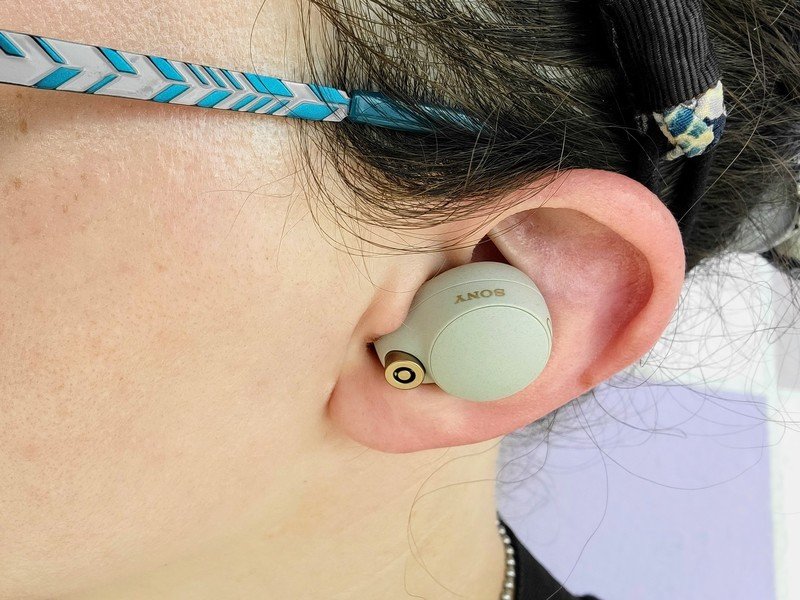
Since ANC is so integral in how well either of these earbuds perform, it's worth exploring just how good they are. Sony was already among the best with the previous WF-1000XM3, but the XM4 improved just enough to easily be at the top of the hill. They do a great job snuffing out low-frequency sounds and are better at cutting down high-frequency sounds as well. That also works the other way when the mics filter in background noise. So it's not a surprise that these features — including phone calls — are better if Sony went with better mics on both sides.
Samsung had also done the same when crafting the Galaxy Buds Pro, except there was no real heritage to build on that way. The Galaxy Buds Live had ANC, and only their unusual design hindered that feature from the start. Here, ANC is excellent, with a fair bit of success in blocking out the background. They just don't do it with the same muffling level that Sony has achieved thus far.
Sony WF-1000XM4 vs. Samsung Galaxy Buds Pro: Which one should you go with?
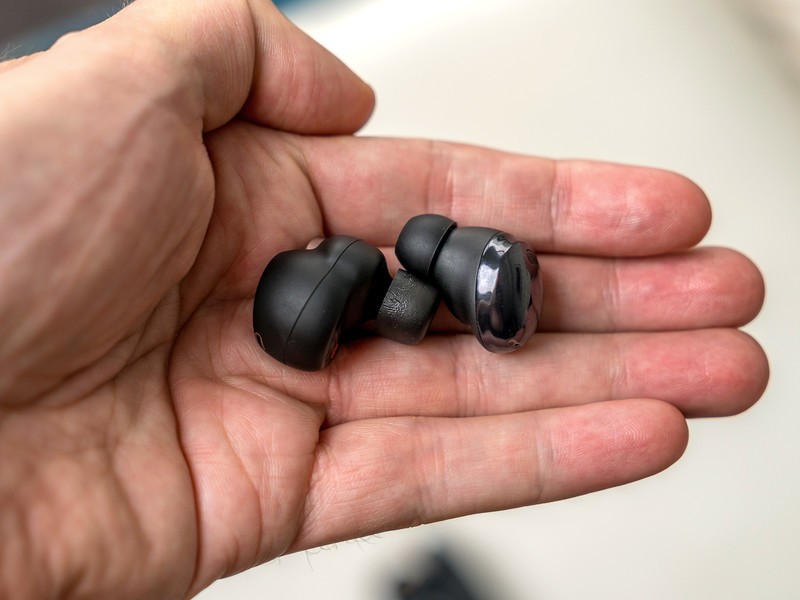
Neither pair is a bad choice. This isn't a resounding win, nor is it really fair to say that Sony's WF-1000XM4 are superior in every respect. What is clear when testing them together is that Sony has the edge in the key areas of audio quality and ANC performance, whereas the Galaxy Buds Pro are better for workouts and additional features via the Galaxy Wearable app.
That's why it's hard to pass over the WF-1000XM4, even though both pairs are among the best wireless earbuds currently available. Sony's pedigree for great audio and industry-leading ANC is a combination that few others can match in the same way.

Ted Kritsonis loves taking photos when the opportunity arises, be it on a camera or smartphone. Beyond sports and world history, you can find him tinkering with gadgets or enjoying a cigar. Often times, that will be with a pair of headphones or earbuds playing tunes. When he's not testing something, he's working on the next episode of his podcast, Tednologic.
